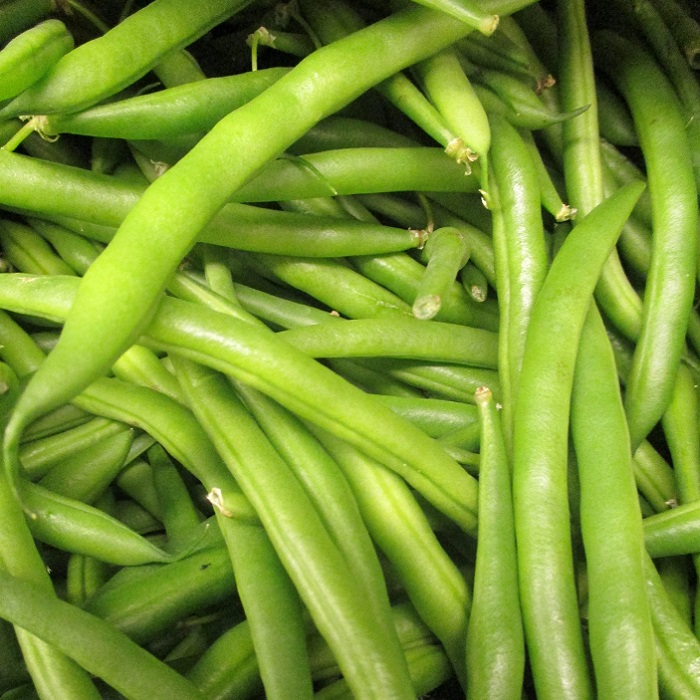UNITED STATES—A south or west facing fence is a perfect place to grow pole beans. Twine can be strung in a zig-zag pattern between single rows of partly protruding nails along the top and bottom. The spacing of the nails should match that of the pole bean plants. Bean seed sown at the base of the fence germinate and grow quickly. Vines are happy to cling to the string and climb to the top of the fence.
Alas, it is temporary. Pole beans are annuals. They start to grow now, produce all summer, and then yellow and ultimately die by autumn, leaving the fence bare again. If the technique is repeated in the same spot with the same sort of pole beans the following spring and summer, the plants could be noticeably less vigorous. Repeating if for a third season could be downright disappointing.
It is best to grow beans in a different location every year if possible. After a few years, they can return to the same fence. Until then, tall plants, like caged tomatoes or corn, can be cycled through the area in front of the fence. Tomatoes and corn also perform better if not grown in the same spots for more than one season at a time. This process of cycling crops is known as ‘crop rotation.’
Soil borne pathogens proliferate along with the host plants that sustain them. Such pathogens may not be a noticeable problem in the first year while they get established. However, they are likely to be established and ready to infest the same sorts of host plants more aggressively in a subsequent season. Crop rotation of the host plants to cleaner locations annually interrupts this process.
In local soils, crop rotation is likely more important to compensate for nutrient depletion. Tomatoes are greedy with particular nutrients that other vegetable plants may not need in such quantities. The same applies to other vegetable plants. Tomatoes planted where other tomatoes grew last year may notice a lack of the nutrients that they crave the most of.
However, zucchini may not miss what the tomatoes of last year took. Conversely, tomatoes may not notice what may be lacking where zucchini or other vegetables grew last year.
Highlight: pole beans
The main difference between pole beans and bush beans should be obvious. Pole beans climb poles. Bush beans are bushy. To complicate things, bush beans are more common in commercial agriculture because they are more adaptable to harvesting machinery, and they are most productive in a brief season, so are more efficiently harvested all at once rather than throughout summer.
Pole beans are generally more popular in home gardens for the opposite reason. They will not produce all at once, but will instead produce enough somewhat continually until the end of summer. Some varieties can climb past second story eaves, so should be confined to reachable trellises or other supports. They are annual, so the tangled thicket of vines that forms on top is no problem.
Most pole beans, which are also known as green beans, string beans, snap beans, French beans and haricot vert (French for ‘green beans’) are varieties of Phaseolus vulgaris. Some heirloom varieties of the original string beans produce beans with annoying ‘strings’ along one side of each bean. Dried beans are different varieties. Regular harvesting promotes continuous production.
Horticulturist Tony Tomeo can be contacted at tonytomeo.com.






